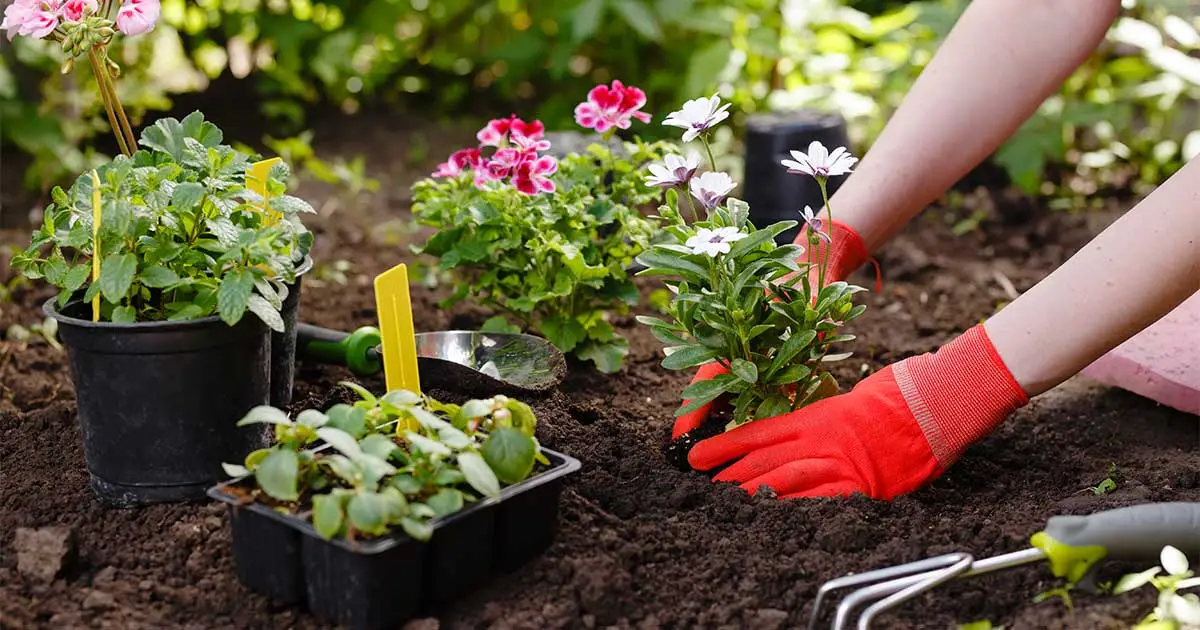Our Expert Guide to Wood Refinishing
When it’s done right, you’ll be able to enjoy your handiwork for years to come.

James Worsham is a seasoned woodworker, furniture designer, and sculptor.PHOTO: KELSEY CHERRY
Fixing up an old wooden treasure is one of the most rewarding projects you can take on. It requires grit, focus, and an optimistic, artistic vision—especially if you’re dealing with a lackluster piece. To ensure both a beautiful result and your safety, it’s important to follow a bit of protocol. For that, we enlisted expert woodworker James Worsham, owner of Handy Dandy Productions in Nashville, Tennessee. (He also hosts the online design show Blank Wall Overhaul, so he knows how to make a whole space look good!) This is his no-excuses, must-follow plan that every woodworker—novice or pro—should follow. Ready, set, sand!
1. Make Sure You’re Committed
Before diving into a project, determine whether it’s actually worth your effort. Worsham says there are two main factors to consider: age and emotional attachment. “Age is first since it leads to a lot of elements like probable finishes that were used as well as whether or not it’s solid wood. If it was made before disco hit it big, it’s probably not laminate or particleboard,” he explains. “The other element to consider is emotional attachment. Refinishing wood can be pretty hard and tedious, so if it’s not a labor of love, you may regret your choice pretty quickly.”
2. Start with a Good Base
Worsham also recommends examining potential structural issues—deep cracks, chips, gouges that can’t be sanded out or fixed—well ahead of time. In small scale, blemishes can add character, but you want to make sure the piece will last for years to come. And if you’re working with a painted antique, he advises spending the extra $10 on a lead paint test since improper exposure is considered a health risk.
3. Wear Anti-Vibration Gloves
In certain corners of the internet, woodworking message boards are rife with novices asking if having numb fingers is normal. The answer? It’s a common side effect of using vibrating machinery, such as sanders, without protection. Prolonged usage without protection can result in what’s called “vibration white finger,” or Raynaud’s syndrome. High-quality equipment and the religious usage of anti-vibration gloves are key to your safety and comfort.
4. Protect Your Face, Too
It doesn’t matter how dorky you feel—your eyes and mouth need to be protected, too! Worsham notes, “There are a lot of particles, fumes, and nasty chemicals involved with refinishing that you don’t want to ingest.” In addition to covering up, work in a well-ventilated (ideally outdoor) space.
5. Clean It Up
Once your base and safety precautions are situated, you can finally start working on your project. You’ll want to begin with a thorough cleaning. If you’re lucky, this requires just a simple wet-rag wipe-down, paying special attention to crevices and crannies. However, you may also need to use paint thinner to remove old paint or a degreaser to get rid of built-up grime.
6. Sand, Sand, and Then Sand Some More
“This is the part that tends to take the longest, but it is well worth the effort to take your time,” says Worsham. You’ll want to start with a heavy 80-grit sandpaper, working your way up to 150 grit, then 220 grit. He adds, “Make sure to get all the nooks and crannies and to remove the dust between each sanding. If you plan on staining your piece afterward, the last thing you want is tiny swirls and scratches, so move up through your grits carefully and slowly.”
7. Condition Your Wood
If you plan to stain your wood, as many people do, this simple step can make a world of difference in how your piece turns out. Wood tends to absorb stain unevenly, but a conditioner will create a smooth surface that allows the beautiful natural grain to shine through—no stain splotches in sight. Just make sure that your conditioner and stain have the same base (either oil or water) and follow the instructions on the product to a T.
8. Stain and Seal
After the conditioner has dried, it’s time to stain. Again, follow the directions on the product, and then move on to your sealant. Many projects require one or two coats of sealant, but Worsham says to go ahead and do a few extra coats if the piece will be used heavily, like a coffee or dining table. “The best timesaver is to make sure you don’t have to refinish the piece again for as long as possible,” he adds.





